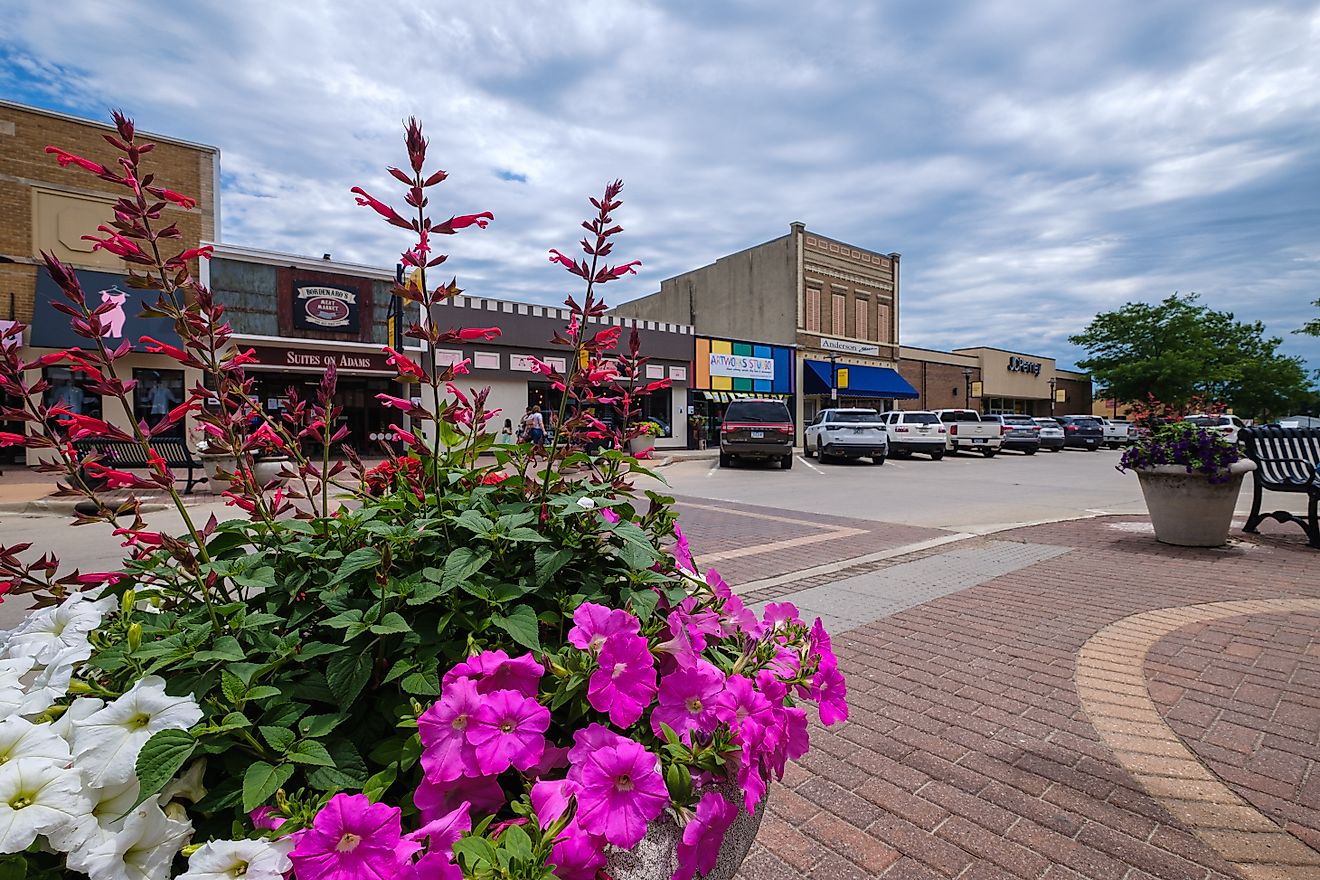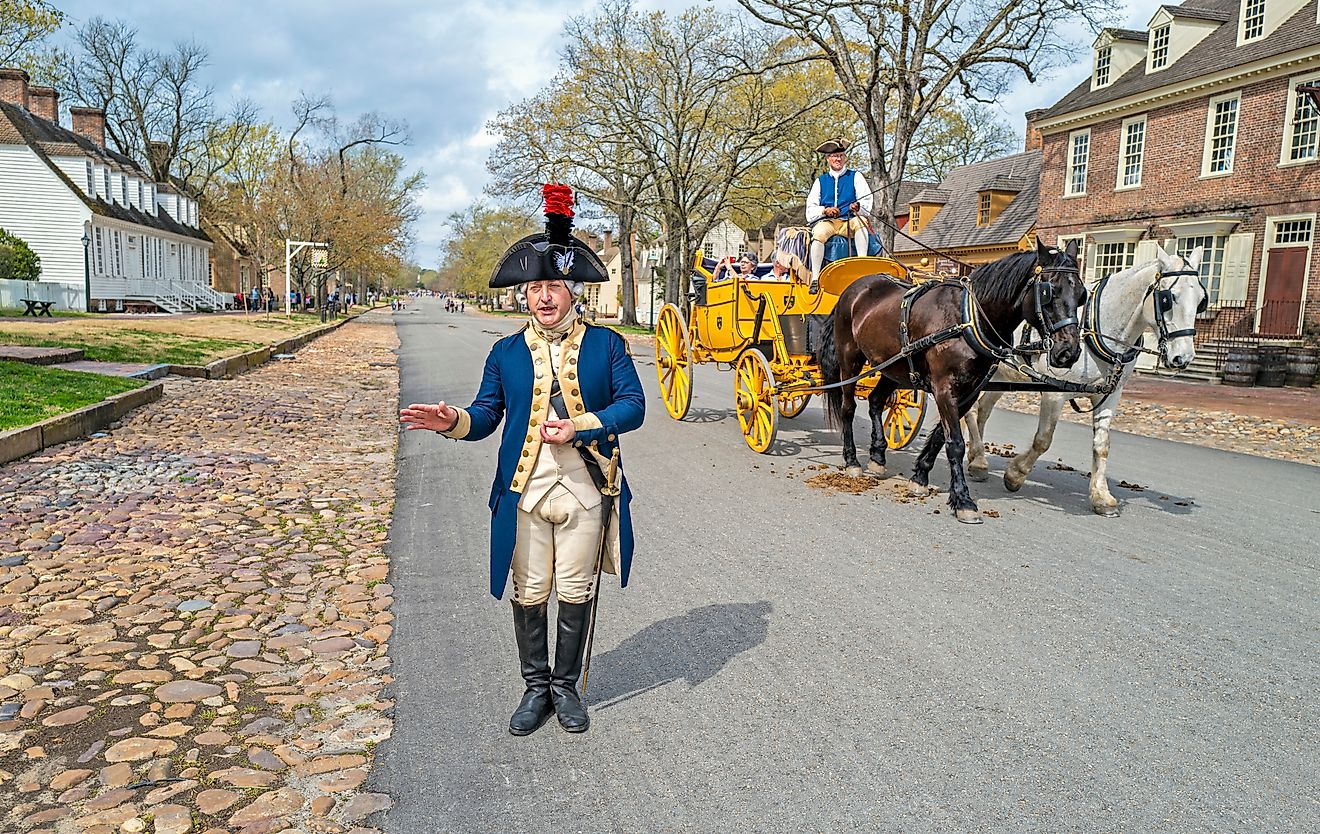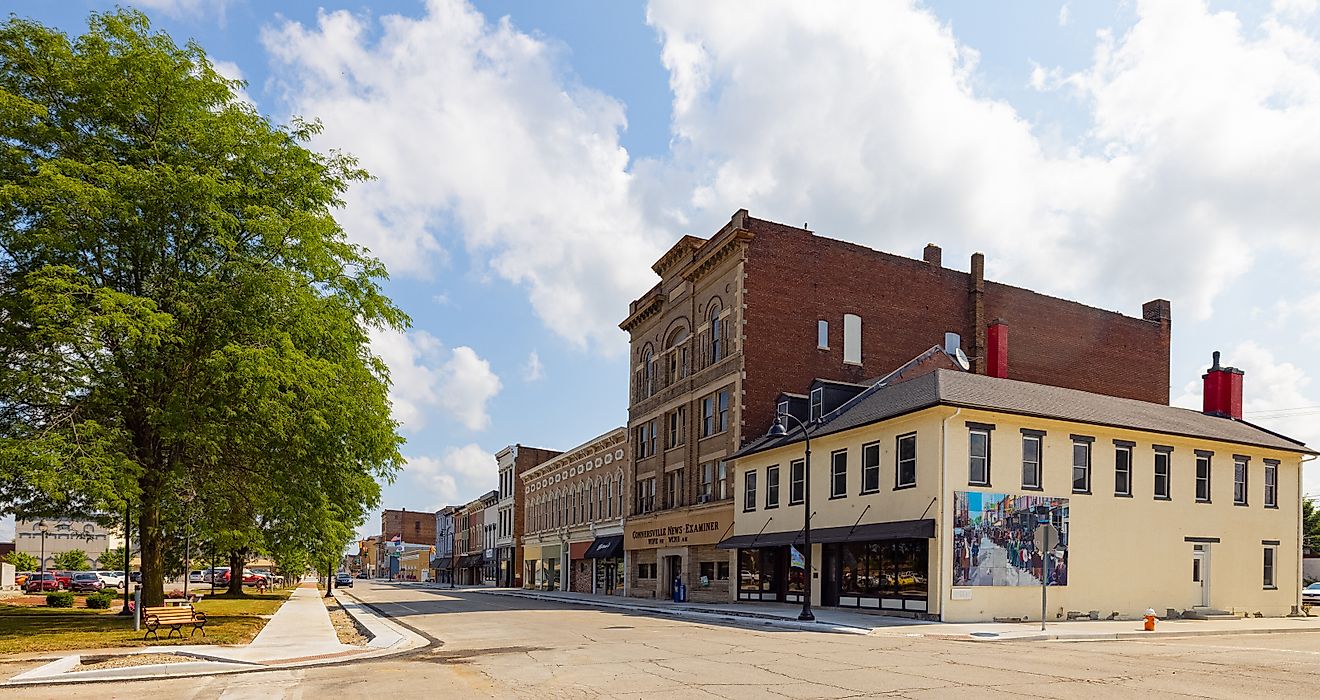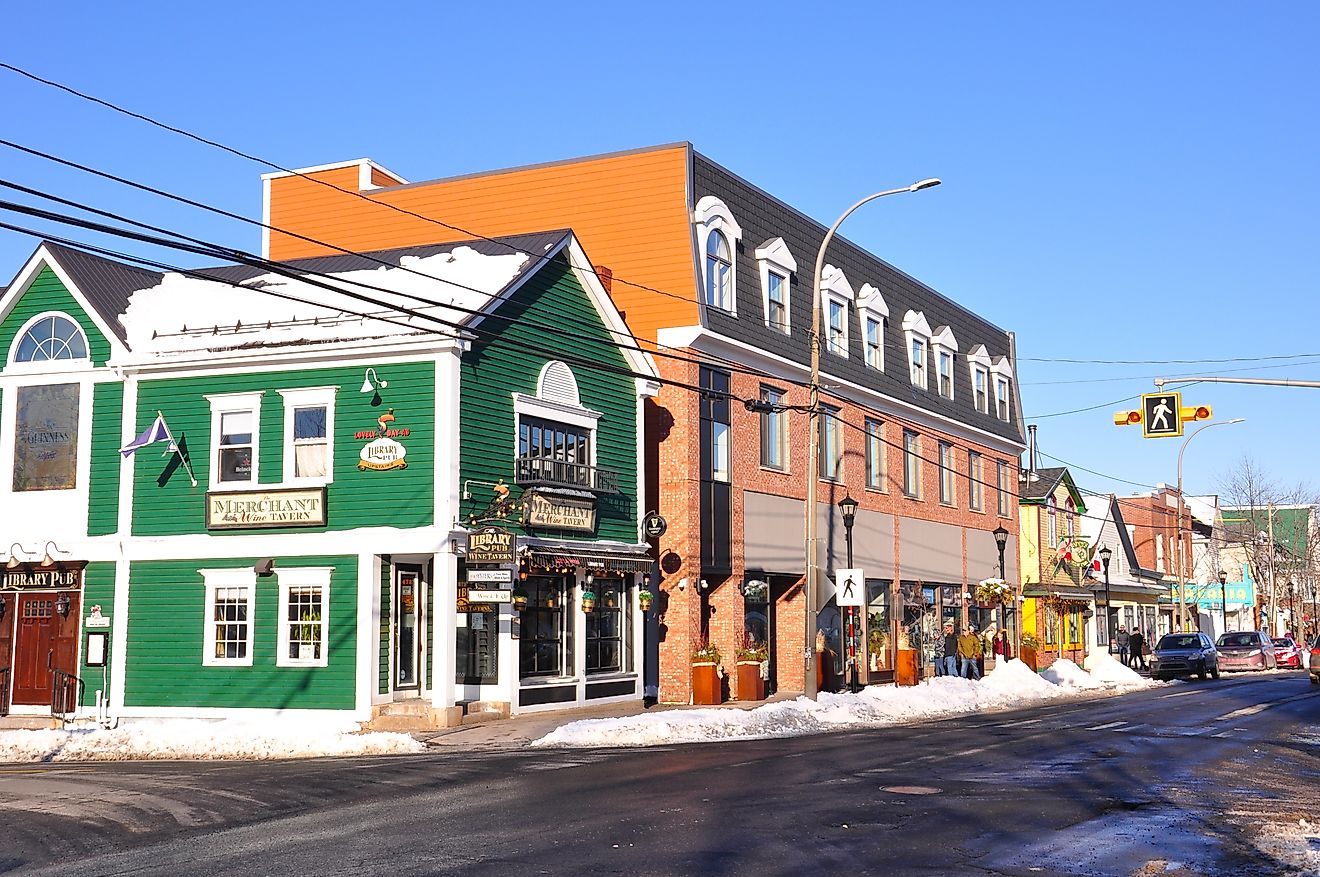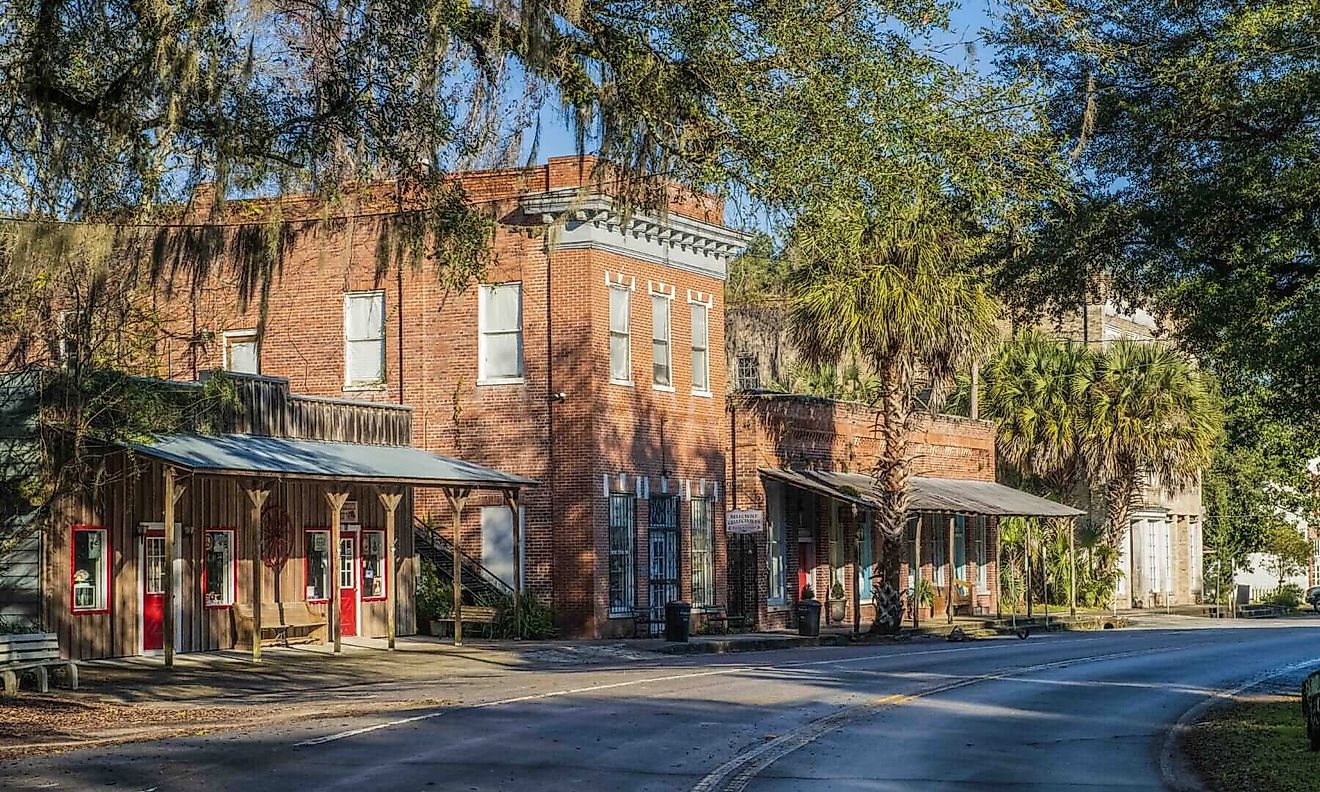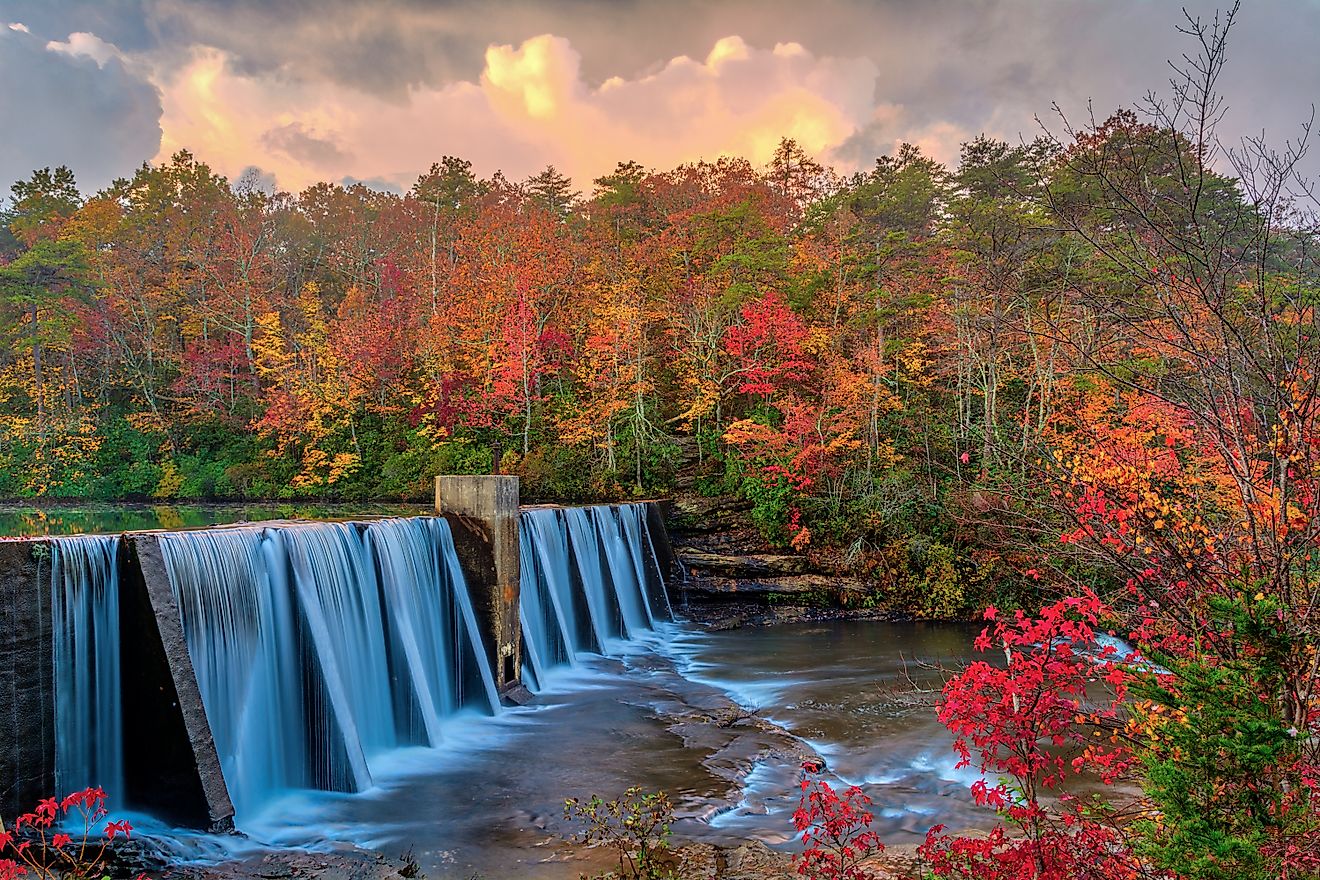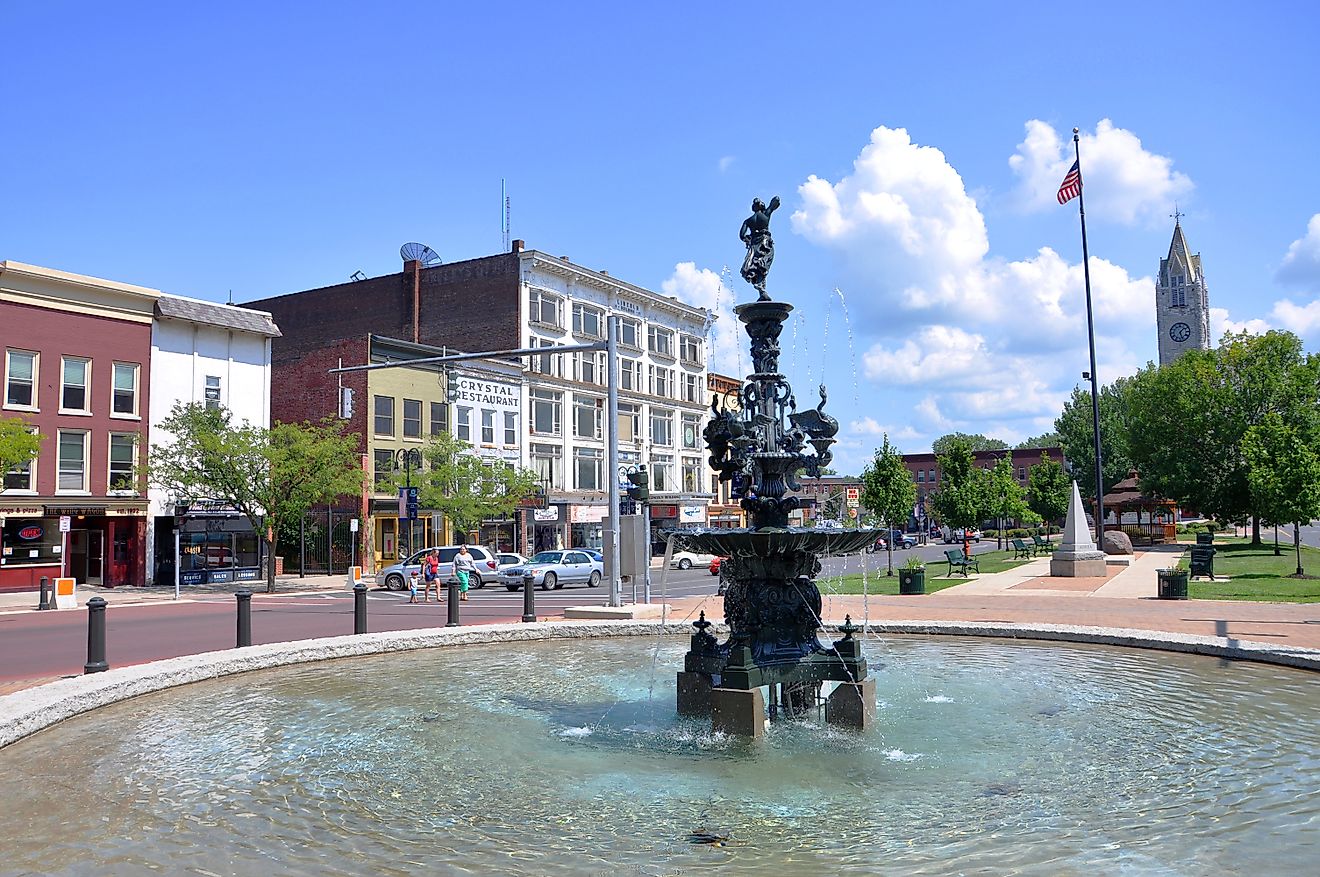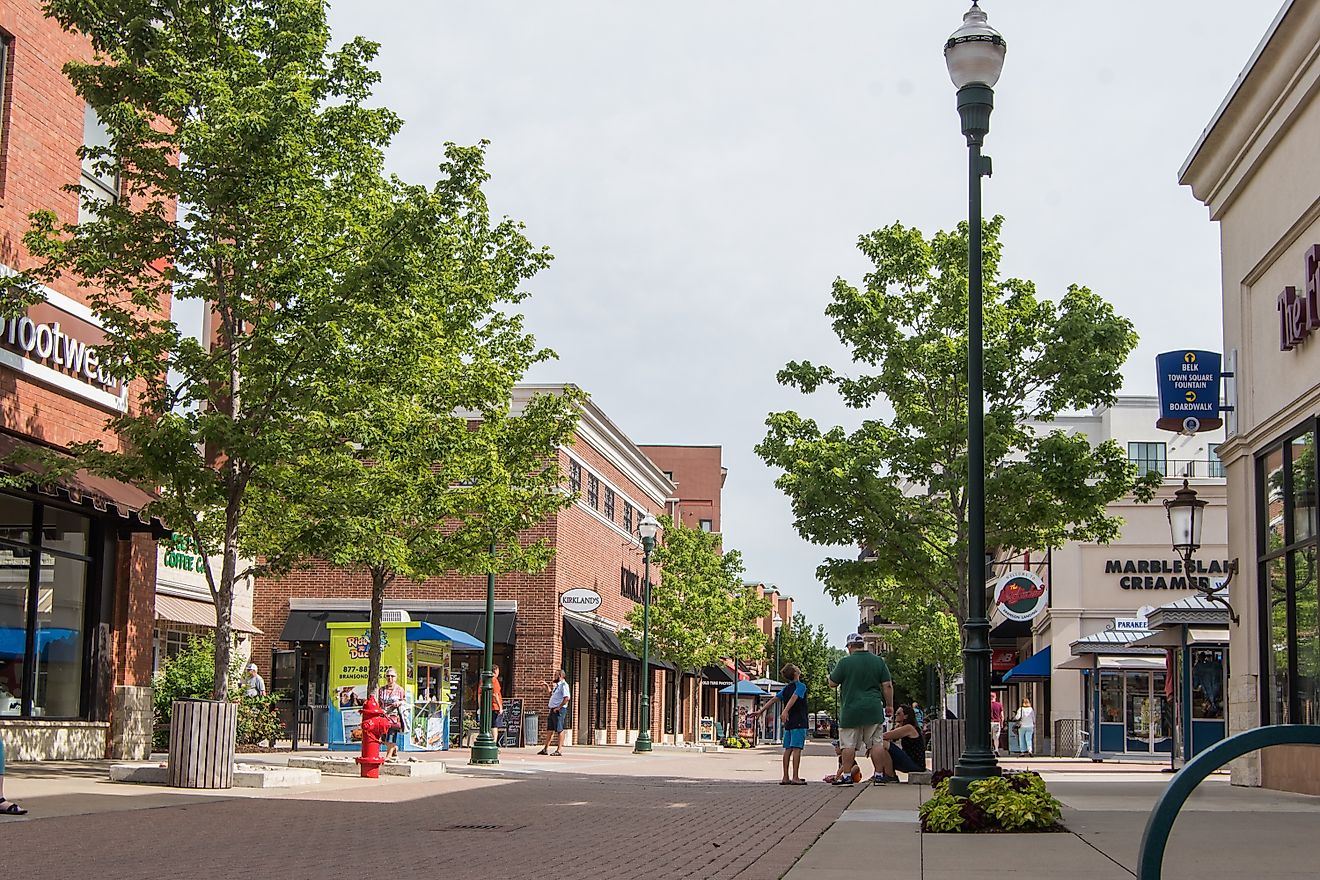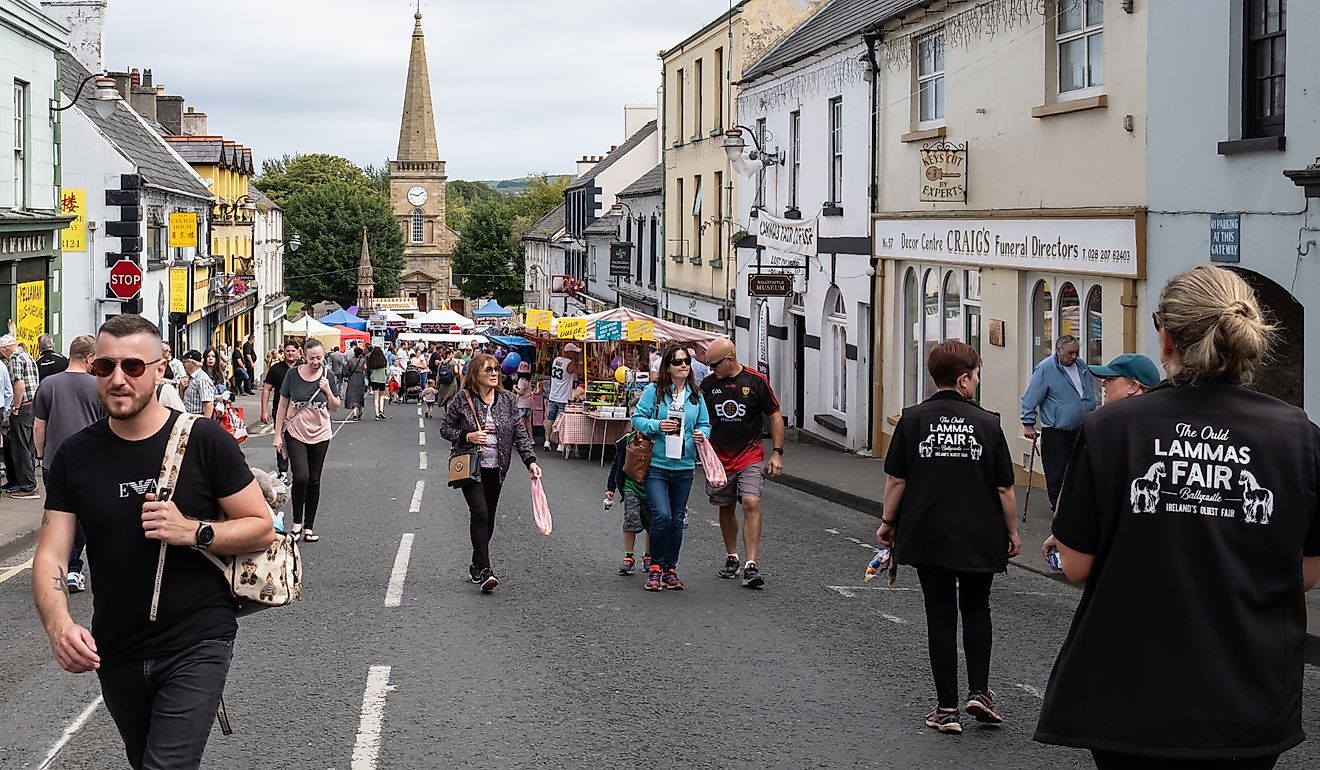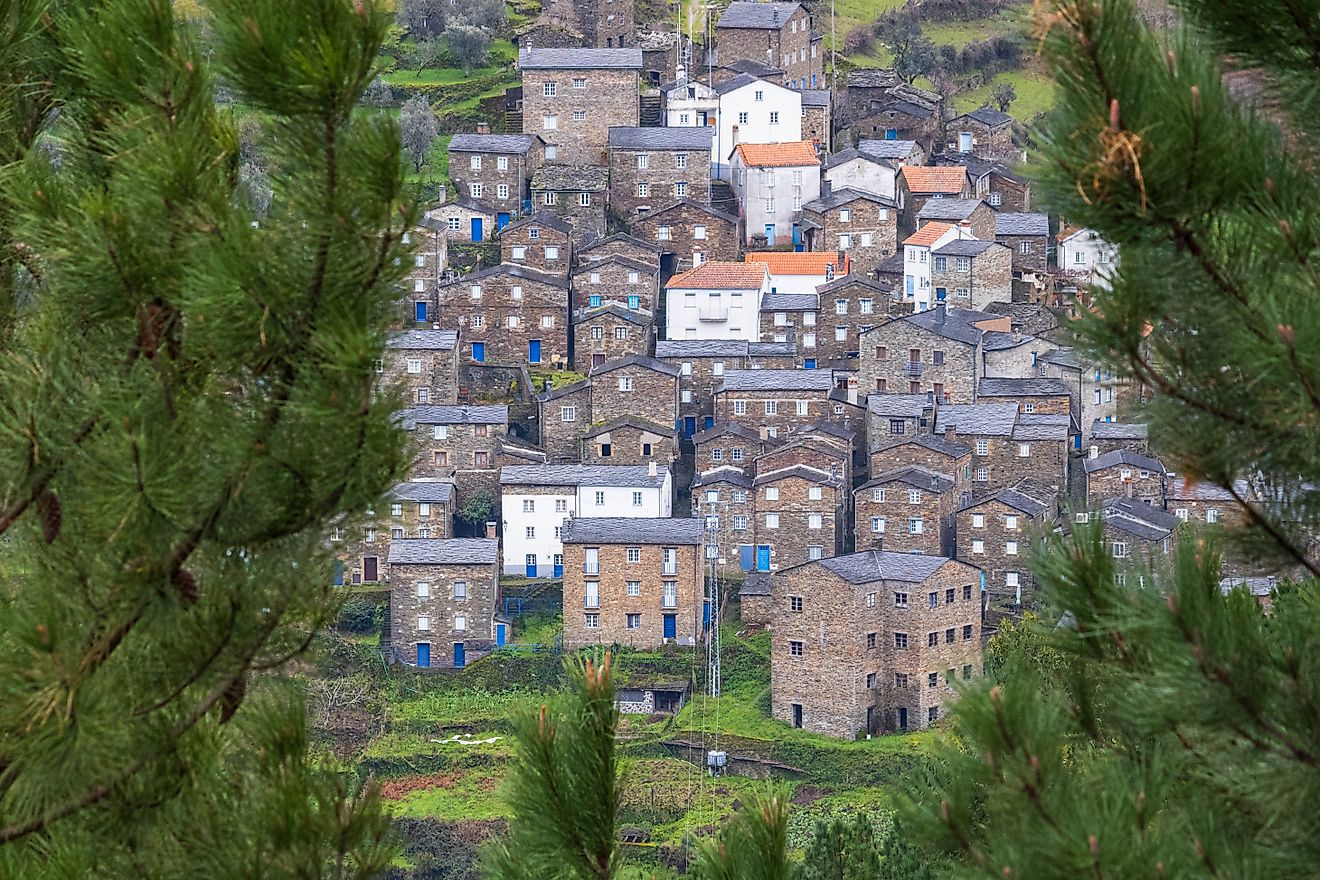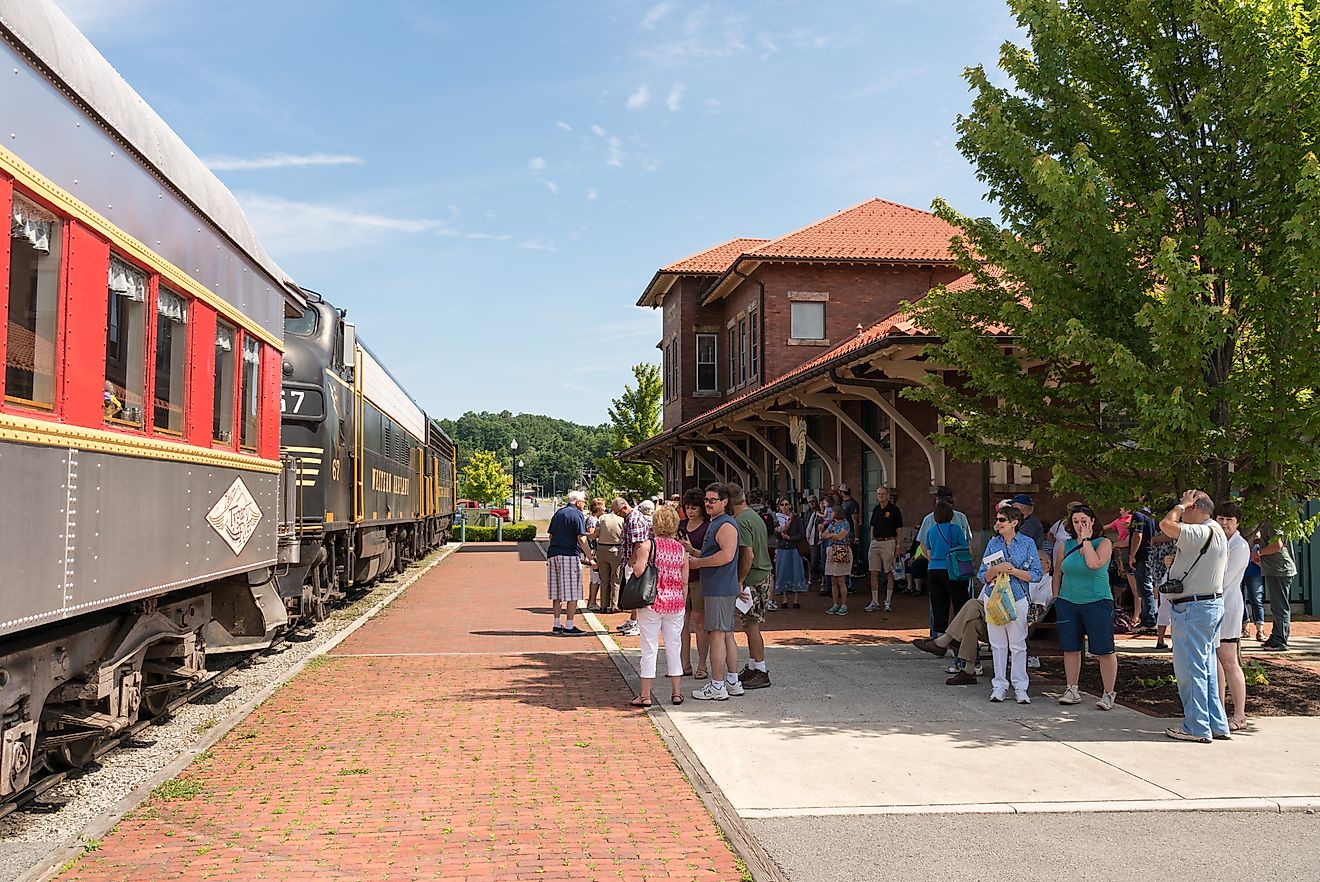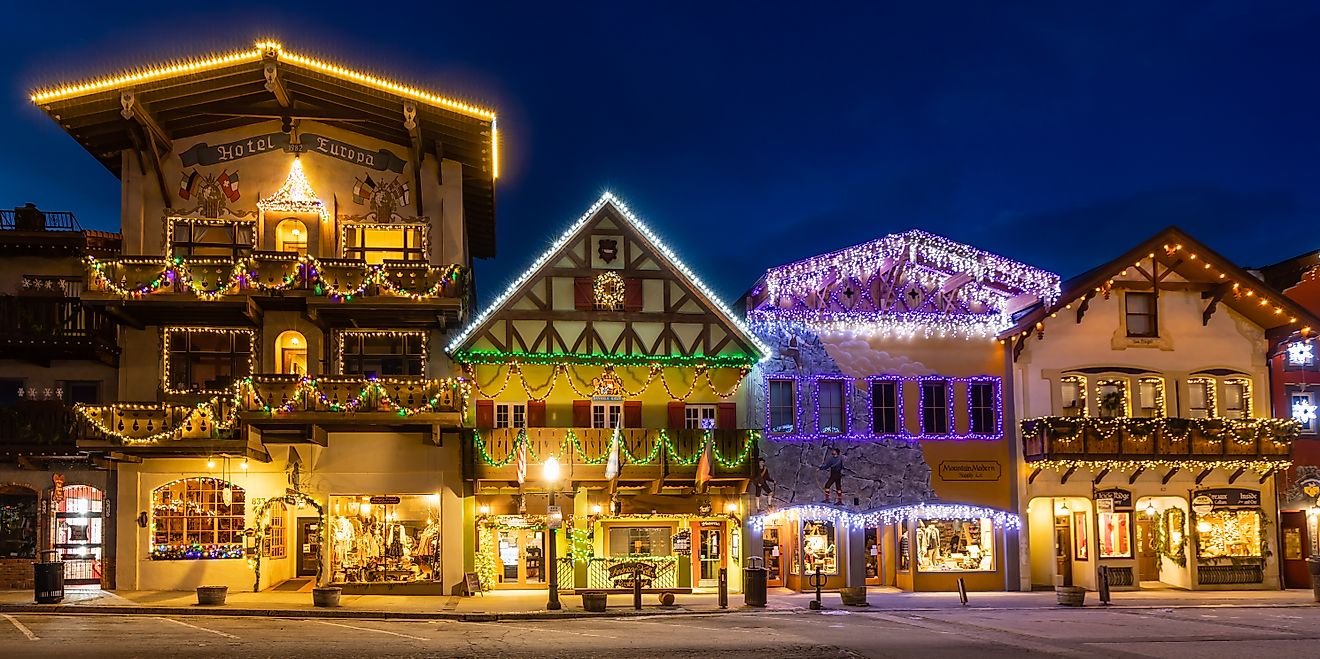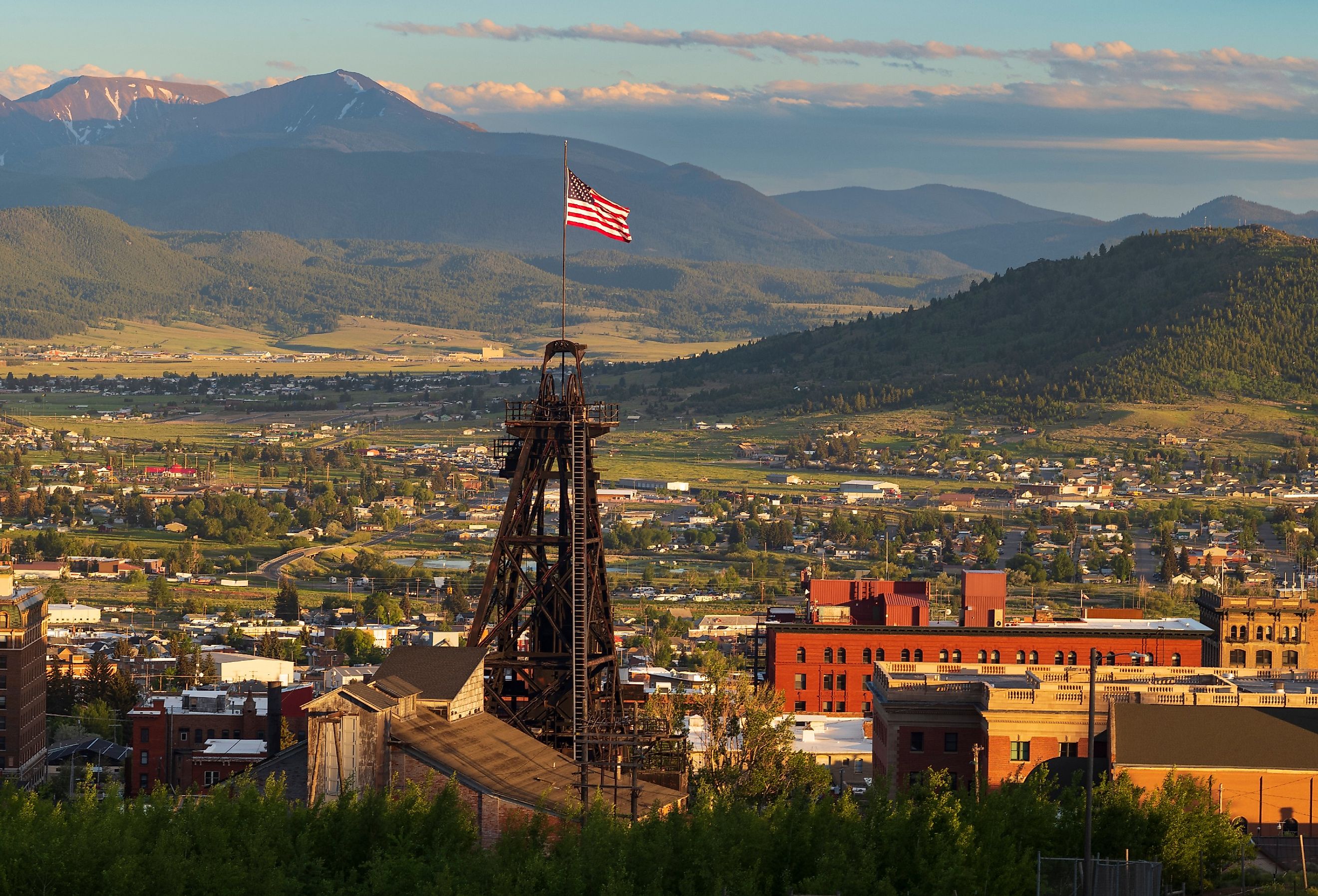
11 Oldest Founded Towns to Visit in Montana
The oldest founded settlements in Montana offer a fascinating look back at the state's intriguing history. These communities, which date back to the Virginia City gold rush and the frontier trading settlements of Stevensville, honor their history while embracing their uniqueness. Explore the local arts and culture scene, stroll through streets lined with magnificently restored buildings, and take in the breathtaking scenery surrounding each town. The oldest towns in Montana offer an unforgettable trip through time and a chance to make enduring experiences, whether visiting the mining sites, relishing small-town charm, or participating in outdoor excursions.
Virginia City
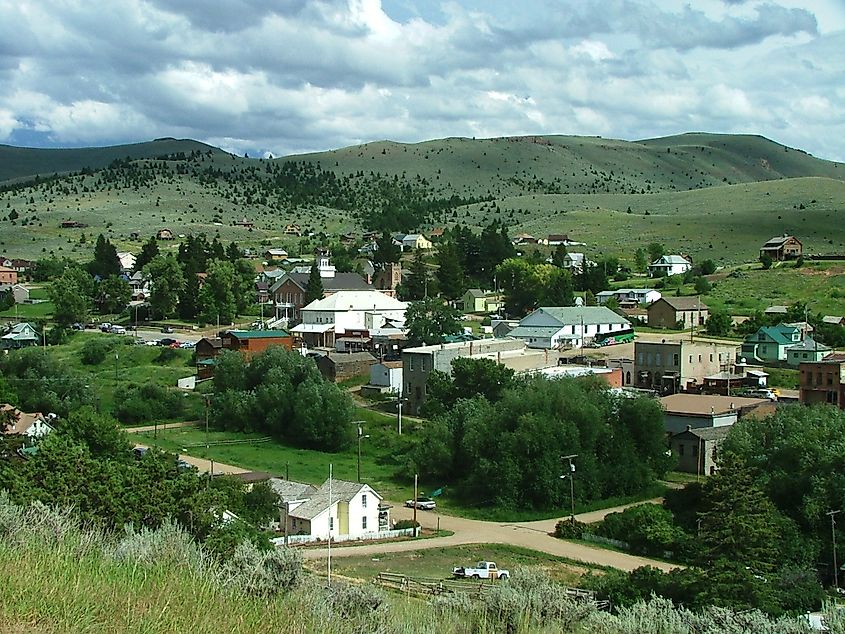
Virginia City, established in 1863 during the Montana gold rush, is now a live example of the enthralling tales of the past. This beautiful hamlet invites visitors to travel back in time and experience the essence of the Old West, tucked away among the picturesque scenery of Madison County. Virginia City emanates an authentic ambiance with its restored wooden homes, unpaved roads, and horse-drawn carriages. Visitors might envision themselves as explorers looking for their fortune in the gold fields as they stroll around the streets. The nearby Alder Gulch Short Line Railroad and Nevada City Museum provide interesting perspectives on the town's mining past. The Virginia City Players, a renowned theatre company that puts on melodramas and vaudeville shows, is one of the attractions of Virginia City. Since the 1940s, this thriving institution has entertained audiences with its enduring charm. Don't miss the chance to see a performance in the iconic Opera House, which will take you to a bygone era of entertainment.
Butte
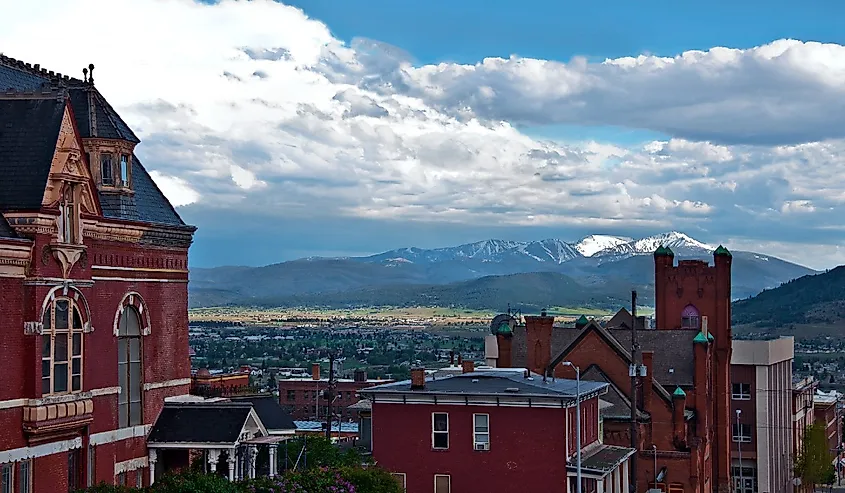
Butte, established in 1864 as a mining settlement, is a significant location in the history of Montana and is frequently referred to as "The Richest Hill on Earth." During the late 19th and early 20th centuries, this flourishing town saw the expansion of copper mining, which made it one of the biggest and richest communities in the American West. You can feel the city's mining history as you wander Butte's streets, lined with magnificent Victorian architecture and mining artifacts. With underground mine tours and exhibits illustrating miners' lives, the World Museum of Mining takes visitors on a fascinating journey through the town's mining history.
Don't miss the chance to go to the Berkeley Pit Viewing Stand, offering a distinctive viewpoint of the enormous open-pit mine. Butte's arts and culture scene is rapidly growing, with the historic Mother Lode Theatre hosting various performances throughout the year. The Mai Wah Museum, dedicated to preserving the history of Butte's Chinese community, provides insights into the town's multicultural heritage. Additionally, the vibrant uptown district offers eclectic shops, galleries, and restaurants, where visitors can savor the local cuisine and immerse themselves in the town's lively atmosphere.
Bozeman
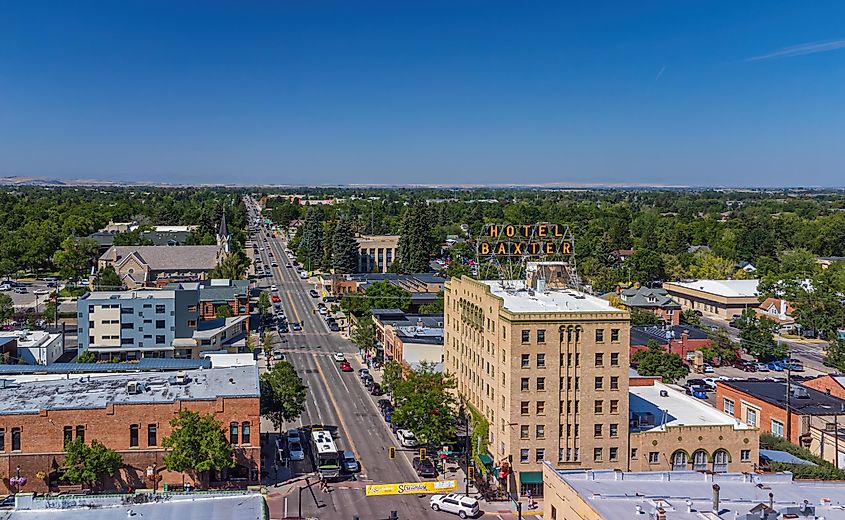
Bozeman, established in 1864 as a modest farming hamlet, has grown into a busy metropolis that expertly combines its intriguing past with contemporary conveniences. Bozeman rests in the lovely Gallatin Valley and is a starting point for outdoor excursions into the close-by Yellowstone National Park and the spectacular Rocky Mountains. With its restored buildings containing quaint boutiques, art galleries, and restaurants, Bozeman's historic downtown core emanates beauty. Bozeman’s galleries, concert venues, and farmers' market, the Emerson Centre for the Arts and Culture are focal points for artistic endeavors. The Bozeman community is infused with life thanks to Montana State University's presence. Visitors can explore the Museum of the Rockies, renowned for its impressive dinosaur exhibits and an extensive collection of artifacts that showcase the region's geological and cultural history.
Bozeman is a haven for outdoor aficionados, with countless options for skiing, hiking, fishing, and wildlife viewing all around the town. There are beautiful hiking routes in the Bridger Mountains, and fly-fishing enthusiasts are drawn to the Gallatin River. The renowned ski resorts of Big Sky and Bridger Bowl attract visitors from near and far during the winter.
Deer Lodge
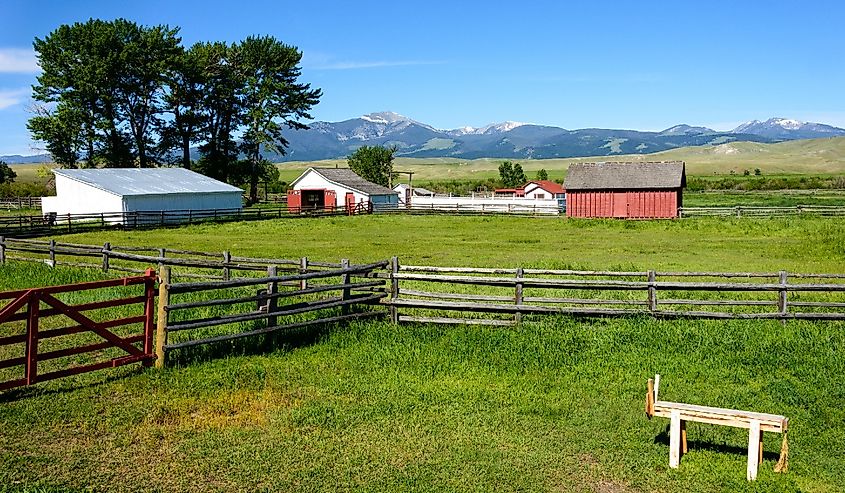
Deer Lodge, founded in 1865, is a town with deep history and several iconic sites that illustrate Montana's past. The Old Montana Prison Complex was in operation from 1871 to 1979 and is among its notable attractions. Visitors can tour the prison grounds, check out the cell blocks, and discover fascinating tales of the prisoners and prison life. The Montana Auto Museum, close to the penitentiary, displays an impressive collection of historic cars, and is an all-time favorite for auto lovers. A living history museum that preserves the legacy of cattle ranching in the American West is in Deer Lodge at the Grant-Kohrs Ranch National Historic Site. Visitors can visit the immaculately kept ranch buildings, enjoy guided tours, and see cowboy demonstrations.
The Powell County Museum offers further insights into the town's heritage, displaying artifacts and exhibits related to the area's history and culture. The nearby Anaconda-Pintler Wilderness beckons outdoor enthusiasts with its breathtaking landscapes, pristine lakes, and abundant wildlife. The Clark Fork River, which flows near Deer Lodge, also offers excellent opportunities for fishing, boating, and float trips.
Bannack
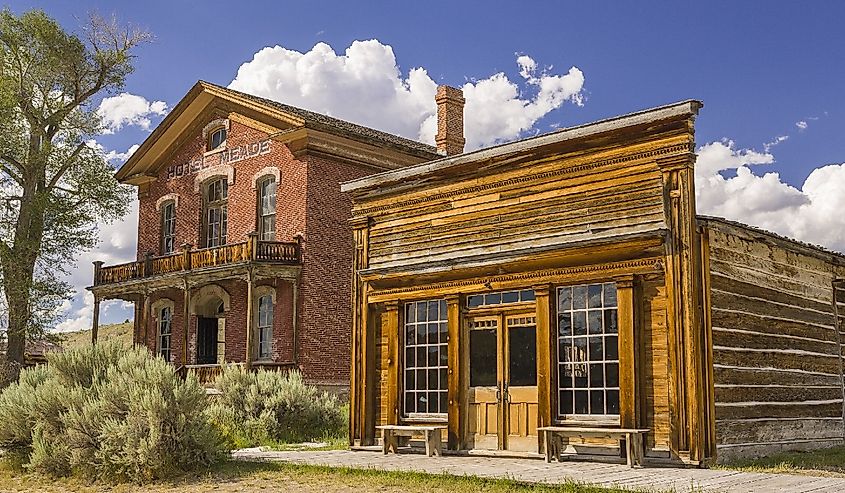
Visitors can travel back in time by visiting the abandoned town of Bannack, the first territorial capital of Montana and a location locked in the time of the gold rush. Since its founding in 1862, Bannack has seen a mining boom and subsequent decline, leaving behind well-preserved architecture and an alluring air of reminiscence. Bannack welcomes visitors to explore its historical structures, stroll through its shabby streets, and envision life in the town's heyday as a state park. The Bannack State Park Visitor Centre offers interesting facts and displays relating to the town's past and the lives of its early settlers. Guided tours provide enlightening perspectives on the town's history and the tales of the gold seekers who once came to Bannack.
Notable points of interest within Bannack include the Hotel Meade, the town's first hotel, and the Bannack Masonic Lodge, where you can catch a glimpse of the social and fraternal life of the time. The Skinner Saloon, with its rustic interior, conjures images of rowdy cowboys and spirited card games. Nature lovers will appreciate the environmental surroundings, with the nearby Grasshopper Creek providing opportunities for fishing and picnicking. Visiting Bannack is like stepping into a time capsule, offering a rare glimpse into Montana's gold rush era and the rugged lives led by those who sought fortune in the Wild West.
Fort Benton
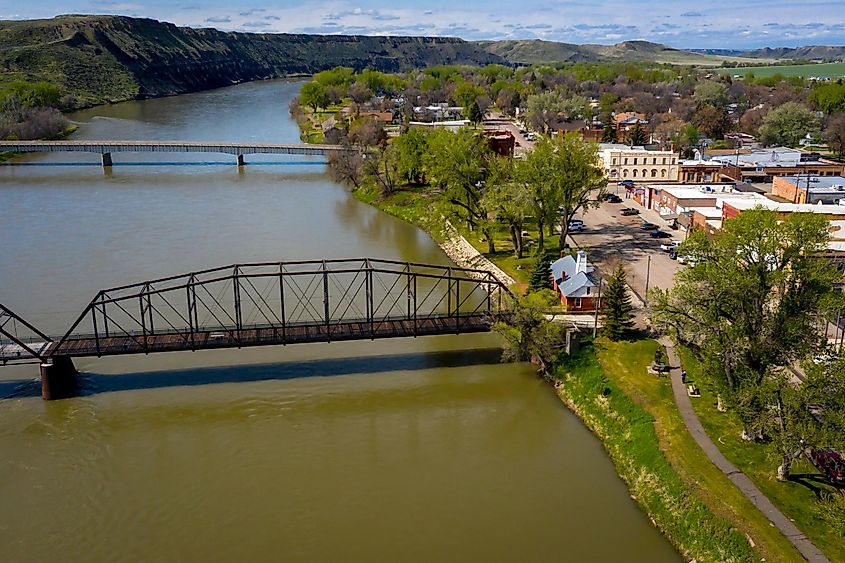
With its roots dating back to 1846 as a fur trading post, Fort Benton is the "Birthplace of Montana." This historic town, nestled along the idyllic banks of the Missouri River, has a quaint downtown area with wonderfully preserved buildings and an overpowering nostalgia. Fort Benton's interesting past is admirably preserved, evidenced by its museums and tourist attractions.
Visitors can gain a thorough insight into the area's early years at the Museum of the Upper Missouri, highlighting the town's fur trading history. With replica buildings and engaging exhibits, the Historic Fort Benton complex provides a look into the daily activities of a frontier trade station. With a beautiful levee lined with stores, art galleries, and restaurants, the town's riverbank neighborhood is a bustling center of activity. To fully appreciate the stunning natural surroundings of Fort Benton, take a stroll along the Missouri River or go on an exciting riverboat trip.
Stevensville
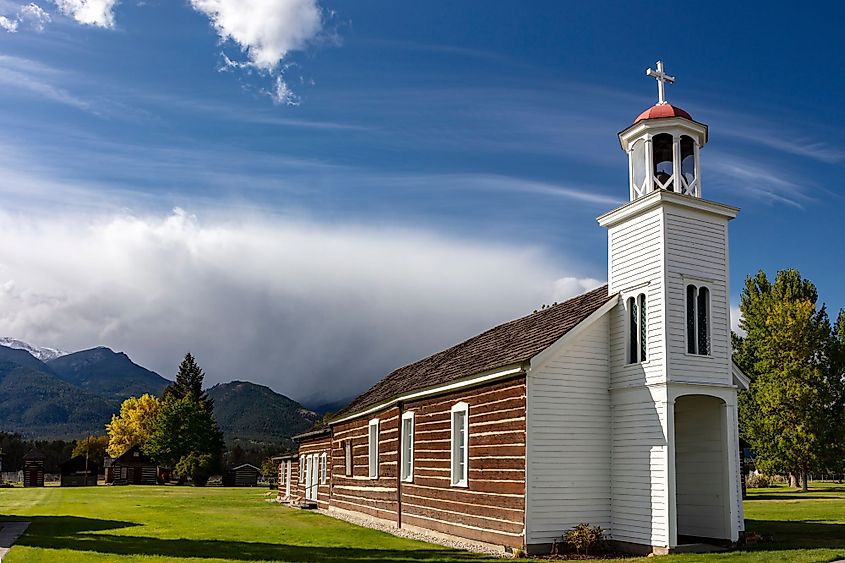
The earliest permanent community in Montana is Stevensville, established in 1841 as a Jesuit mission. This small hamlet in the serene Bitterroot Valley emanates a peaceful atmosphere. Stevensville's well-preserved structures and sites attest to the city's exceptional historical past. A testimony to the town's history and the influence of the Jesuit missionaries is the St. Mary's Mission and Museum. Investigate the museum's offerings, which include relics and displays illuminating the history of the mission and the earliest encounters between European settlers and Native Americans. Stevensville's Main Street has modest stores, galleries, and local eateries such as Mission Bistro and Kodiak Jax.
Naturalists can enjoy the Bitterroot Valley's splendor by visiting the adjacent Lee Metcalf National Species Refuge, which features wetlands, various species, and scenic paths. Stevensville is ideal for individuals seeking a tranquil retreat and a greater understanding of Montana's early settlement days due to its tremendous history and charming surroundings.
Missoula
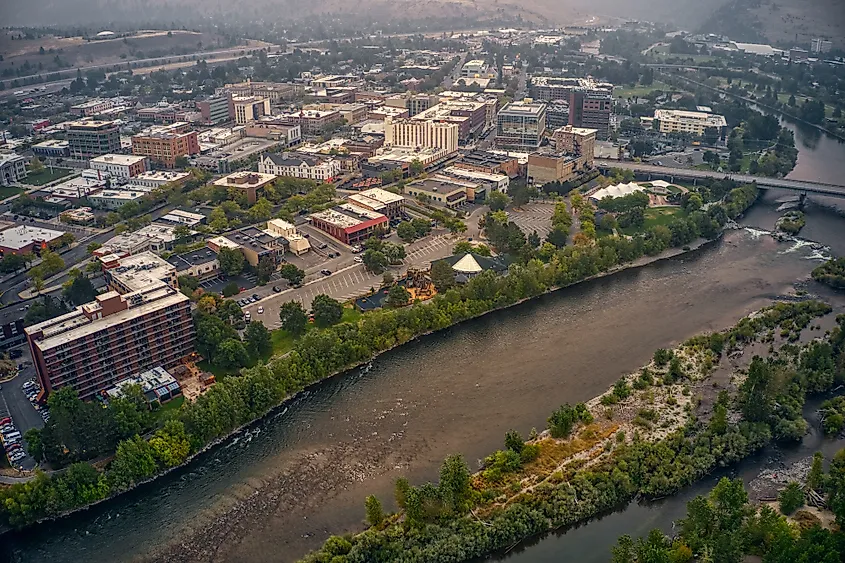
Established in 1860 as the trading post of Hells Gate, Missoula has grown to become a thriving cultural center tucked away in the breathtaking scenery of western Montana. This vibrant town, home to the University of Montana, combines outdoor recreation, arts and culture, and a long history. The downtown district of Missoula is a humming hub of activity with a strong food scene, art galleries, and unique businesses. The Missoula Art Museum features modern works by local and regional artists, while the Historical Museum at Fort Missoula provides a look into the town's past with exhibits on subjects like Native American history and military tradition.
The natural beauty of the area around Missoula will enthrall naturalists. Fishing, kayaking, and floating are all possible on the Clark Fork River, which flows through the community. A network of hiking trails in the adjacent Rattlesnake National Recreation Area takes hikers to stunning vistas and tranquil solitude. Festivals and cultural events are a staple in Missoula. The International Wildlife Film Festival, the Missoula Marathon, and First Friday Art Walks are just a few exciting events that draw tourists year-round.
Philipsburg
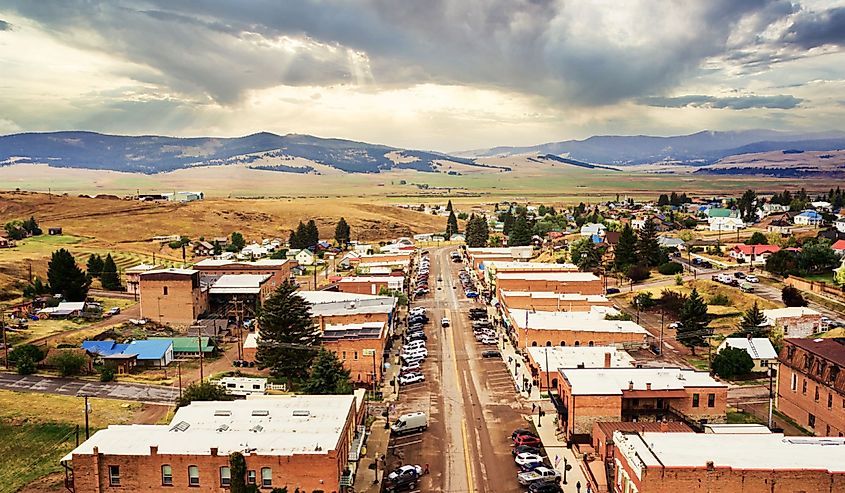
Despite being a small town, Philipsburg, established in 1867 as a mining community, has managed to preserve its rich history. This beautiful hamlet, harbored in Flint Creek Valley, encourages visitors to travel back in time and experience its genuine Western feel. Historic structures containing one-of-a-kind boutiques, art galleries, and independently-run eateries adorn the streets of Philipsburg. With a large selection of handcrafted chocolates and sweets, the renowned Sweet Palace, a candy shop, draws crowds. The Granite County Museum details the town's mining history and early settlers' daily lives.
Visit the adjacent Philipsburg Bay Wildlife Management Area to observe wildlife and birds. The Discovery Ski Area in winter draws skiers and snowboarders with its immaculate slopes and breathtaking mountain views. A trip to the renowned Gem Mountain Sapphire Mine, where visitors can try to discover jewels in the soil, is a must during a trip to Philipsburg.
Livingston
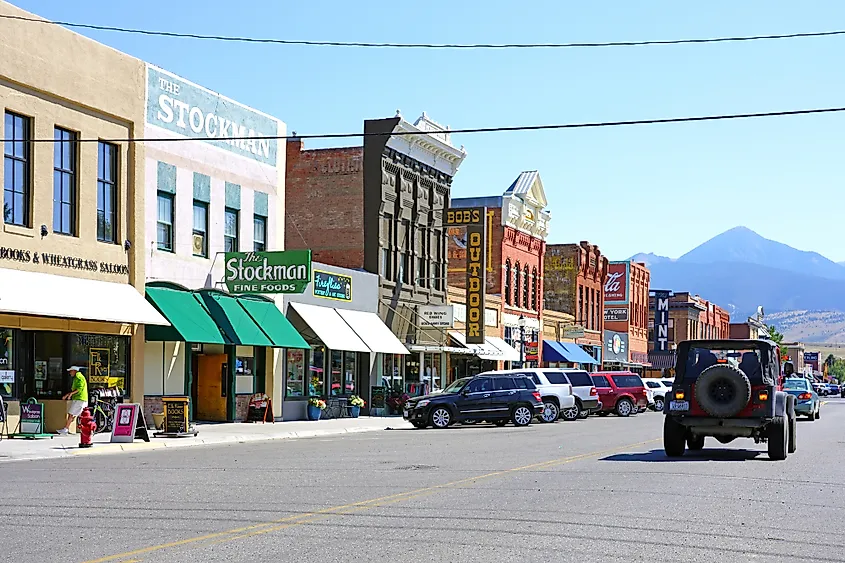
Livingston is a town renowned for its beauty, outdoor recreation, and artistic legacy. It sits along the Yellowstone River and in the beautiful Paradise Valley. It was established in 1882 as a railroad town and has managed to keep its small-town appeal while drawing in artists, writers, and outdoor enthusiasts. Art galleries, antique stores, and distinctive boutiques fill the lively downtown of Livingston. The Livingston Depot Centre, a magnificently restored historic railroad station, is now a museum and cultural hub that presents art exhibits, musical performances, and neighborhood gatherings. An interesting look into the area's past awaits at the Yellowstone Gateway Museum, featuring displays on early settlers, Native American culture, and tourism development in Yellowstone National Park.
The Yellowstone River provides fantastic chances for fishing, rafting, and float tours, making it a delight for nature and outdoor lovers. The nearby Yellowstone National Park beckons with its geothermal marvels, recognizable fauna, and breathtaking views. Theatre shows and concerts are only a few performance options at the Shane Lalani Centre for the Arts. In addition, the town's annual Livingston Roundup Rodeo is a highlight, attracting rodeo fans nationwide.
Helena
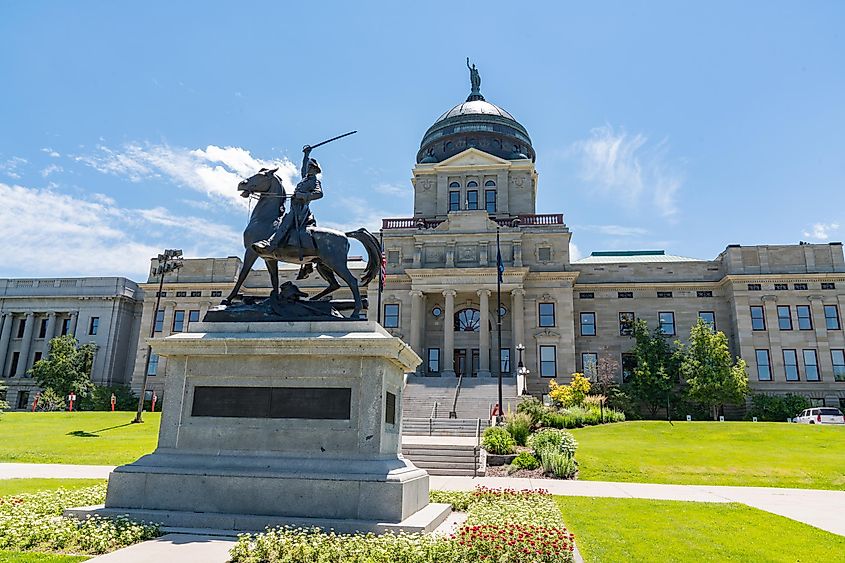
From its mining beginnings as a gold camp in 1864, Helena has developed into the state capital of Montana. The well-preserved center of Helena, decorated with buildings from the Victorian era and historical landmarks, proudly displays the city's legacy. The magnificent Montana State Capitol, a 1902 architectural marvel, is one of the city's most recognizable sights. Visitors can take guided tours to see its opulent interiors and discover the state's political history. More information on Montana's past can be found at the magnificent Original Governor's Mansion, built in the Queen Anne style.
In Helena, there are several galleries, theatres, and live music venues, and the city is booming in art and culture. A must-see for art lovers is the Holter Museum of Art, which houses a noteworthy collection of modern and local artwork. The adjacent Helena National Forest, which provides plenty of chances for hiking, bicycling, and animal watching, is a haven for those who enjoy the outdoors.
Montana's oldest-founded towns offer a journey through time, each telling a story of the state's extensive heritage. From the gold rush days to frontier trading posts, these towns have preserved their history while embracing their unique characteristics. Whether you are exploring the preserved mining structures of Virginia City, immersing yourself in the cultural scene of Missoula, or enjoying the scenic beauty of Livingston, each town offers a glimpse into Montana's past and a chance to create lasting memories in the present.
